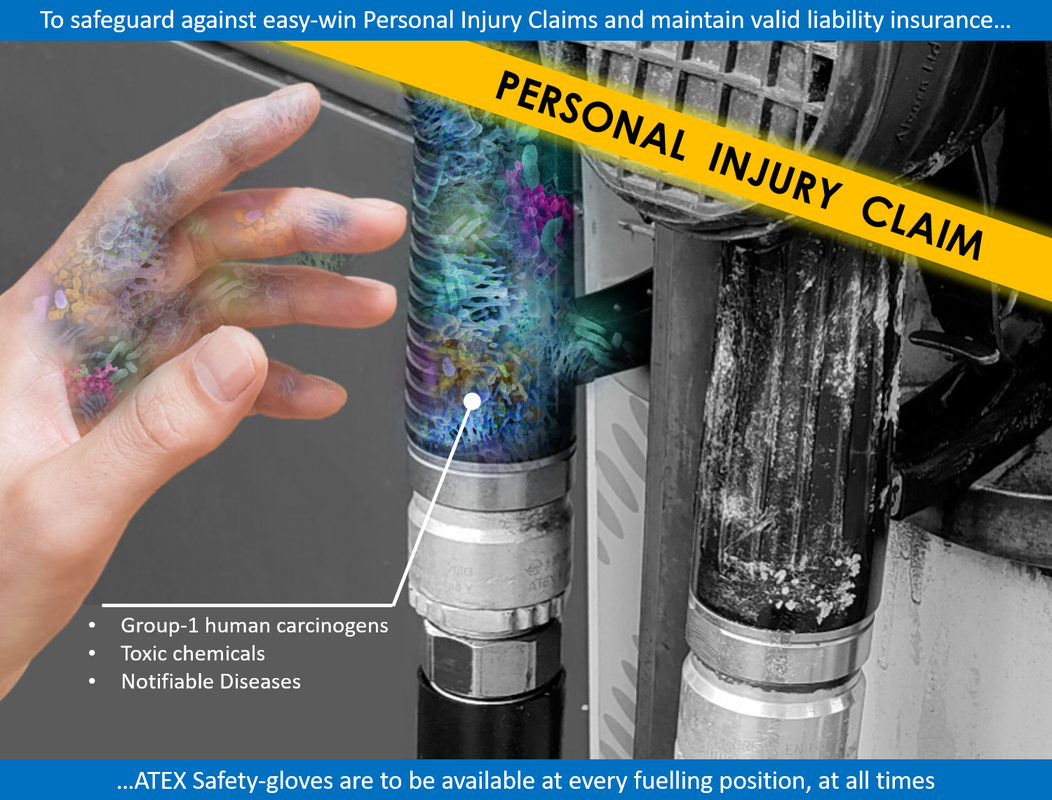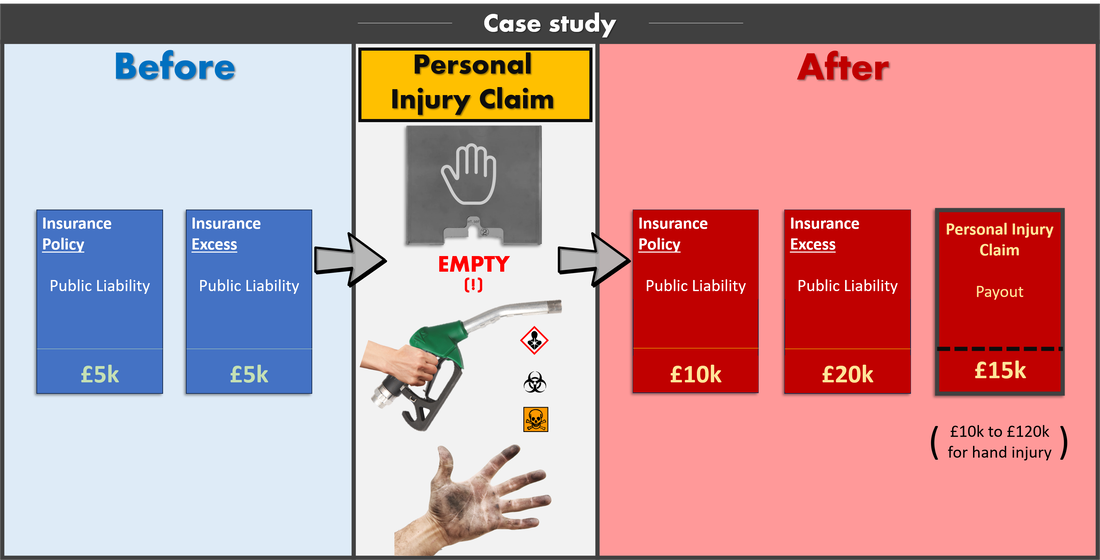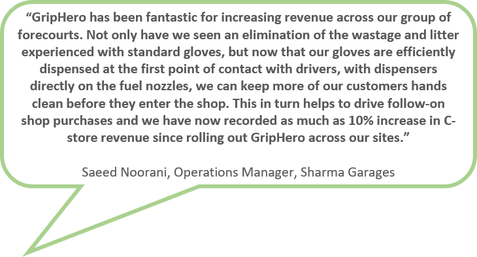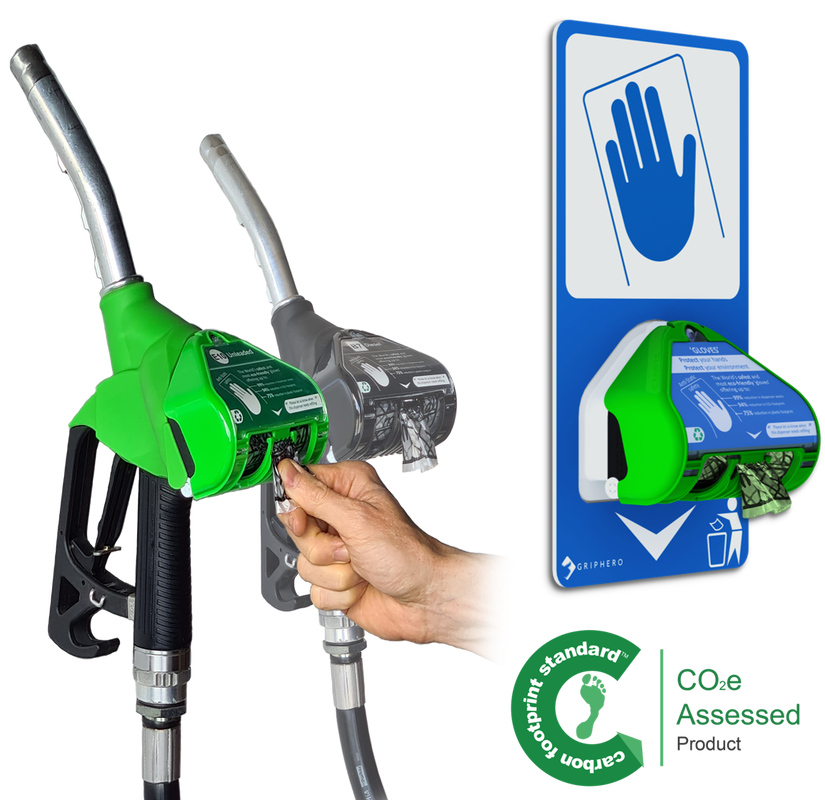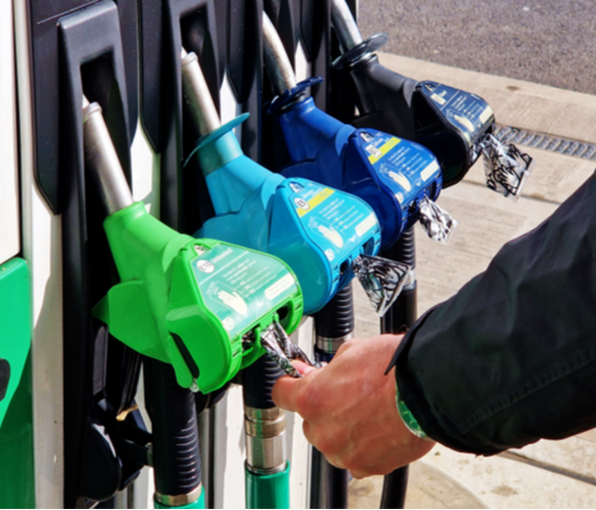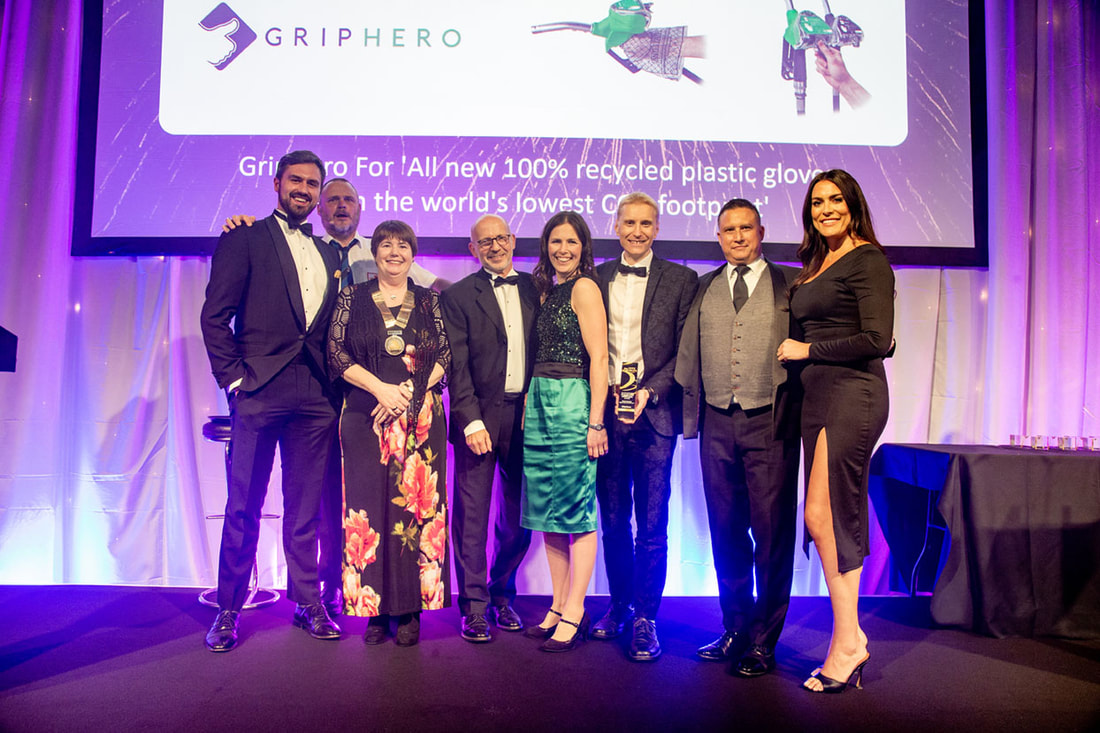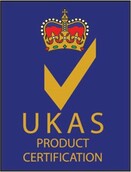May 2024: Exxon is hit with $725 million verdict over carcinogen in gasoline
https://www.reuters.com/legal/exxon-hit-with-7255-million-verdict-over-mechanics-leukemia-diagnosis-2024-05-10/
https://www.reuters.com/legal/exxon-hit-with-7255-million-verdict-over-mechanics-leukemia-diagnosis-2024-05-10/
"Following the trial that lasted just over a week, the jury found Exxon liable for negligently failing to warn about the health risks of benzene, which the U.S. Environmental Protect Agency (EPA) has classified as a known carcinogen. The entire verdict was in compensatory damages, according to Gill's attorneys."
"This verdict is important because it’s a finding that their gasoline causes cancer," said Patrick Wigle, an attorney for Gill, in a statement. "ExxonMobil has known for decades that benzene causes cancer, yet they resisted warning the public and taking basic precautions to warn the public and limit exposure."
"This verdict is important because it’s a finding that their gasoline causes cancer," said Patrick Wigle, an attorney for Gill, in a statement. "ExxonMobil has known for decades that benzene causes cancer, yet they resisted warning the public and taking basic precautions to warn the public and limit exposure."
(!) GLOBAL IMPORTANCE to the Fuel Retail Industry (!)
GripHero safeguards your forecourts against Personal Injury Claims
|
Every day, in the UK, over 2 million drivers are invited onto the petrol station premises to handle highly explosive Group-1 human carcinogenic/mutagenic substances, without clear and highly visible signage warning customers of the health hazards and without appropriate PPE always available at the exact point of contact.
It is not surprising that a growing number of accident reports and Personal Injury Claims are occurring against petrol filling stations for hand injuries/fuel contamination when handling fuel nozzles, as a result of the inadequate provision/availability of Safety-Gloves. Empty safety-glove dispensers leave petrol stations open and vulnerable to Personal Injury Claims. These are easily enabled by no-win-no-fee law firms, who simply reference your fuel Safety Data Sheets, CoSHH Regulations, DSEAR, ATEX-classifications, Health & Safety at Work Act 1974 and your Occupier's Liability Act. These regulations are neatly summarised for reference in the 2024 'The Red Guide' (a document compiled by the PELG and available to download from the Energy Institute website). |
|
Did you also know...
Whether settled or not, a Personal Injury Claim against your forecourt has an immediate and significant effect on your forecourts' public liability insurance renewal premium, excess and claims reserve. Furthermore, the associated costs and stress on staff of trying to settle a Personal Injury Claim can be huge, for something that initially seems as insignificant as providing safety-gloves for drivers. However, as has already been shown, a low prioritisation of customer safety and empty safety-glove dispensers, leaves forecourts vulnerable to a claim from one of the 2-MILLION drivers (in the UK alone), that refuel every single day. |
|
A customer suffering harm/fuel contamination at the pumps, and simply documenting empty safety-glove dispensers, has all the evidence needed for submitting a no-win-no-fee Personal Injury Claim.
The always-availability of customer Safety-Gloves should be high on the priority list of daily forecourt operations: not only because it is required by regulation and insurance, but also to safeguard against Personal Injury Claims (which are made simple and easy when a low priority is placed on customer safety). Remember, when a customer handles your fuel dispensing equipment to refuel, this is their first and most important interaction with the forecourt, setting the tone for their customer journey and experience. |
With GripHero's unique, 'always-available', ATEX-Certified, anti-static ATEX Safety-Gloves protecting customers in ATEX Zone-1 (the Fuelling Zone),
GripHero makes it very quick and easy to:
GripHero makes it very quick and easy to:
- Safeguard forecourts against Personal Injury Claims of this nature
- Maintain valid insurance cover for Public Liability/Fire
- Comply to fuel Safety Data Sheets, and health & safety regulation for handling highly explosive Group-1 carcinogenic/mutagenic substances.
Static safety on petrol stations
There are a number of fuel-handling health & safety regulations which govern petrol stations. Shown below, from just one of these regulations, is Paragraph 250 from the HSE's Dangerous Substances and Explosive Atmospheres Regulations Approved Code Of Practice and Guidance.
Did you know... Standard gloves both generate and amplify static spark energy on the person.
Since 2018, GripHero's Anti-Static ATEX-Certified Safety-Gloves have been preventing and blocking static sparks between the person and fuel equipment.
By providing ATEX Safety-Gloves at the customers' point of contact in the ATEX Fuel zone, GripHero enables full regulation compliance, maintaining valid insurance cover and safeguards petrol stations against fuel-handling injury claims.
"This Approved Code of Practice (ACOP) and guidance provide practical advice on how to comply with the Dangerous Substances and Explosive Atmospheres Regulations 2002 (DSEAR). These Regulations require the elimination or reduction of risk of fire and explosion from substances connected with work activities."
Reference: Dangerous Substances and Explosive Atmospheres Regulations 2002 Approved Code of Practice and guidance, L138 Second Edition, HSE
Since 2018, GripHero's Anti-Static ATEX-Certified Safety-Gloves have been preventing and blocking static sparks between the person and fuel equipment.
By providing ATEX Safety-Gloves at the customers' point of contact in the ATEX Fuel zone, GripHero enables full regulation compliance, maintaining valid insurance cover and safeguards petrol stations against fuel-handling injury claims.
"This Approved Code of Practice (ACOP) and guidance provide practical advice on how to comply with the Dangerous Substances and Explosive Atmospheres Regulations 2002 (DSEAR). These Regulations require the elimination or reduction of risk of fire and explosion from substances connected with work activities."
Reference: Dangerous Substances and Explosive Atmospheres Regulations 2002 Approved Code of Practice and guidance, L138 Second Edition, HSE
|
Most sites only passively offer gloves, showing no real additional return (Why? Because 80% to 90% of your customers have dirty, sticky hands).
However, there are huge gains made by actively and pro-actively protecting customers and encouraging clean hands. GripHero enables you to efficiently get to the high percentages, making your sites safe and hygienic, while increasing profitability. #CleanHands #IncreaseRevenue |
|
What our customers say
|
What your customers say
|
|
Enable 'contactless' fuelling
Customer protection provided at the first point of contact |
|
Anti-Static safety
ATEX-certified Anti-Static gloves prevent spark ignition in the Zone 1 fuelling zone |
|
Environmental protection and sustainability
Gloves with the world's lowest CO2 footprint |
94% reduction to your environmental footprint
|
Remember, your fuel nozzles are the face of your business
They project the type of brand and business you are, loud & clear. - Are your nozzles dirty, contaminated and unsightly? - Do your customers and staff feel safe at your forecourts? - Did you know standard gloves are terrible for the environment? With GripHero's latest innovations, we can make your hand-protection and customer service exceptional with our multi award-winning best-practice hand-protection systems. Protect your customers at the first and most important point of contact they have with your business, with the: + World's lowest and verified CO2 footprint + World's only static-safe protection safe for the fuel zone + Ultimate convenience |
|
GripHero efficiently dispenses
ultra-low-carbon anti-static ATEX Safety-Gloves at the exact point of fuel delivery, directly from the nozzle...
|
|
Having already won multiple awards in the forecourt industry, GripHero has been adopted by oil companies, supermarkets and independent networks around the globe as part of their disease prevention and control strategies. Additionally, we protect people in applications beyond the pump, including:
+ Forecourt retail industry + Commercial fuelling + Emergency & health services + Security services + Transport and haulage + Sports clubs and training camps + Hospitality & entertainment sectors + Retail sectors + Education and schools + Office settings To protect your customers, staff and facility against the hygiene and static issues surrounding the forecourt industry, GripHero offers the ultimate in ATEX-approved gloves, dispensed right at the point of fuel delivery. This is the most convenient location possible for the customer and a big win for health and safety. If you also want to stop your plastic glove waste and litter problem, GripHero offers the most environmentally friendly and efficient solution for you - proven in the field to dramatically reduce unnecessary waste and litter - another big win for sustainability. |
Please contact us directly to see how we can help you feel proud of safe and efficient forecourts

